ATI1 - Optimization of toxin separation and collagen extraction
Objectives
O1 – Implement a process to remove the venom from biomass.
O2 – Optimise the collagen extraction process from P. physalis tissues.
ATI1
This activity aims to implement a high-performance extraction process capable of removing the venom from biomass of P. physalis. The venom extraction will be achieved by UAÇ using different techniques, as it is distributed in microscopic individual nematocysts, each containing picograms of protein. It is intended to develop a rapid, repeatable, cost-effective, and scalable technique based on organic solvents to induce the discharge of nematocysts, thus recovering the venom content in just one step.
ATI 1.1 - Venom separation
Regarding the venom extraction, many techniques are employed. Venoms can be removed from the entire animal body or just from the tentacles. The principal technical impediment in cnidarian research is the fact that the venom does not exist in a discrete gland but instead is distributed in microscopic individual nematocysts, each containing picograms of protein. A rapid, repeatable, cost effective and scalable technique will be developed in this project. We intend to optimise a technic using an organic solvent to induce nematocyst discharge, thus recovering venom contents in just one-step, avoiding the time and laborious process associated with separation of tentacles and mechanical disruption of the nematocysts. We will develop a process based on i) chemically induced discharge, ii) the separation of liquid phase from biomass, iii) the evaporation of volatile solvent and, iv) the concentration of toxins by ultra-filtration. The solvent will be recovered by condensation thus allowing the reduction of process-cost and the environmental impact. Furthermore, with this process P. physalis biomass will result dehydrated, thus facilitating the subsequent preservation and extraction. The tissues will be frozen if to be used in a short time (ATI1.2) or freeze-dried if to be used later (ATI5.1). Toxin extracts will be used in ATI4. This task will be implemented by UAç.
ATI 1.2 - Optimization of collagen extraction process
The process of collagen extraction comprises two main steps. The removal of non-collagen proteins and other impurities with the aim of increasing the purity of the collagen extracted. To achieve this objective an alkaline pre-treatment is generally used, with different stirring incubation times. The second step consists of an acidic extraction commonly using organic acids at different incubation times. The efficiency of the extraction differs between source of biomass and on temperature, time and concentration of acid. Therefore, it is paramount the optimization studies for different species including the three variables involved in the process. Because there are several factors influencing the two-step collagen extraction, there is a need to study the optimal conditions of each variable and the interactions between them. Response surface methodology (RSM) will be employed to determine the optimal conditions to obtain the maximum extraction yields. These conditions will be best met with the use of aqueous microwave extraction, ultrasound, and high hydrostatic pressures. For finer fractionation of substances, membrane processes (e.g., ultrafiltration) will be privileged. Extraction methods should be environmentally sustainable, not contributing to pollutants and minimizing the consumption of energy, water, and other non-renewable resources. An emphasis on green solvents will be a key aspect in this whole endeavour.
Participants
- Mesosystem S.A.
- Universidade do Minho
- UAç
Join our mailing list!
Contact Us
More important than what we have to say about ourselves, is what the customers have to say about us.
So let us learn and contact us!
We create possibilites for the connnected world – Mesosystem S.A.
info@mesosystem.com
Phone
Telephone (+351) 227 347 125 (Call to a national fixed network)
Mobile (+351) 924 188 704 (Call to a national mobile network)
Location
Rua de Júlio Dinis 228, 4050-371 Porto, Portugal






